The United Nations announced the end of leaded gasoline use in vehicles worldwide
On Aug. 30, 2021, the United Nations announced the global phase-out of leaded fuel, a milestone for multilateralism,…

On Aug. 30, 2021, the United Nations announced the global phase-out of leaded fuel, a milestone for multilateralism,…
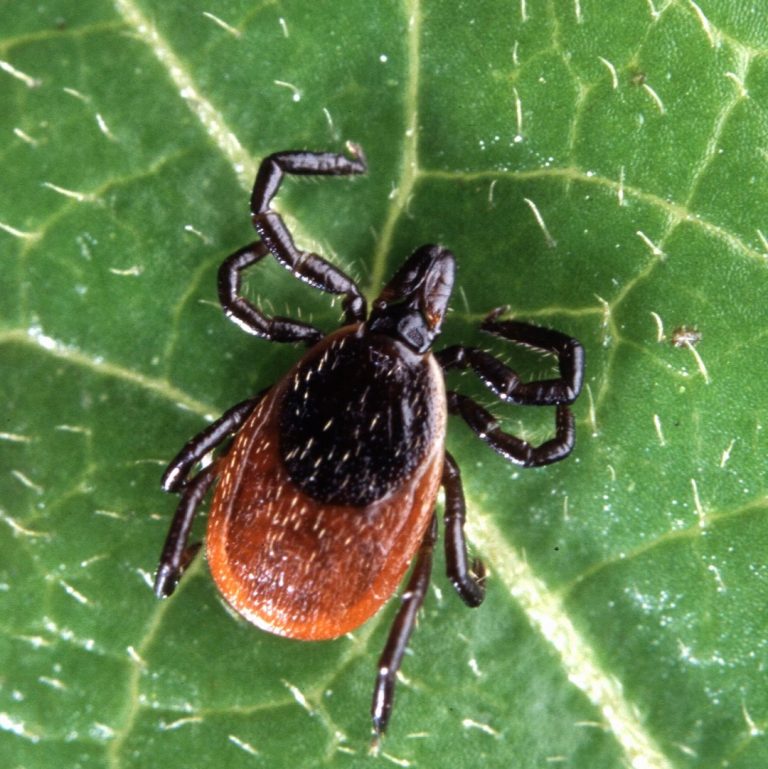
On Mar. 16, 2021, TGen announced a study that suggested ecosystems suitable for harboring ticks that carry debilitating…
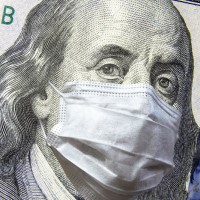
On Dec. 21, 2020, the NIH announced that it had awarded eight research grants to develop approaches for…
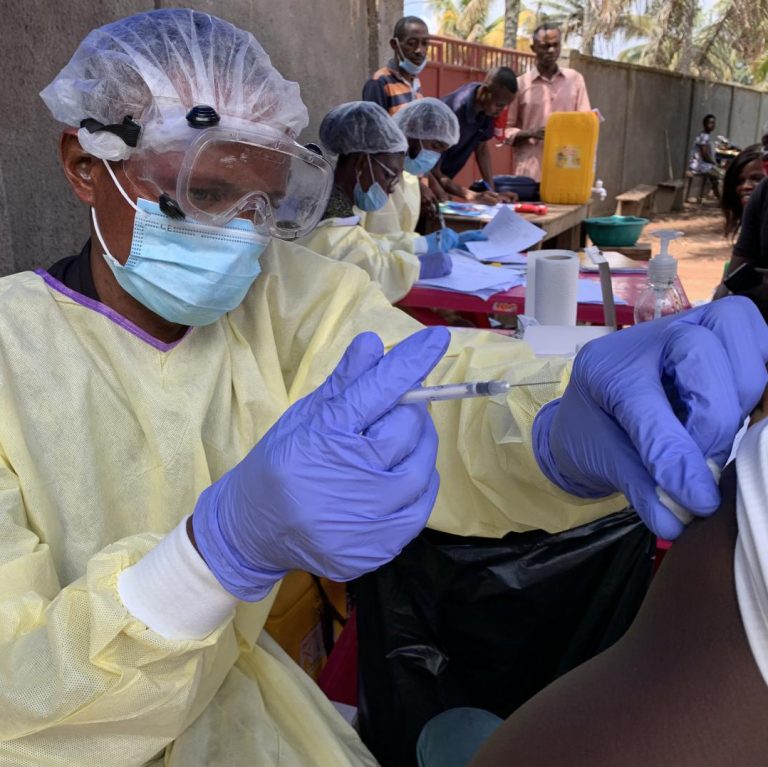
On Dec. 21, 2020, the U.S. National Institutes of Health (NIH) announced a study published in the Proceedings…

On Nov. 18, 2020, Oregon Health & Science University (OHSU) announced an initiative that will attempt to discern…

On Nov. 3, 2020, a study published in JAMA Network Open showed that children from poorer neighborhoods performed…
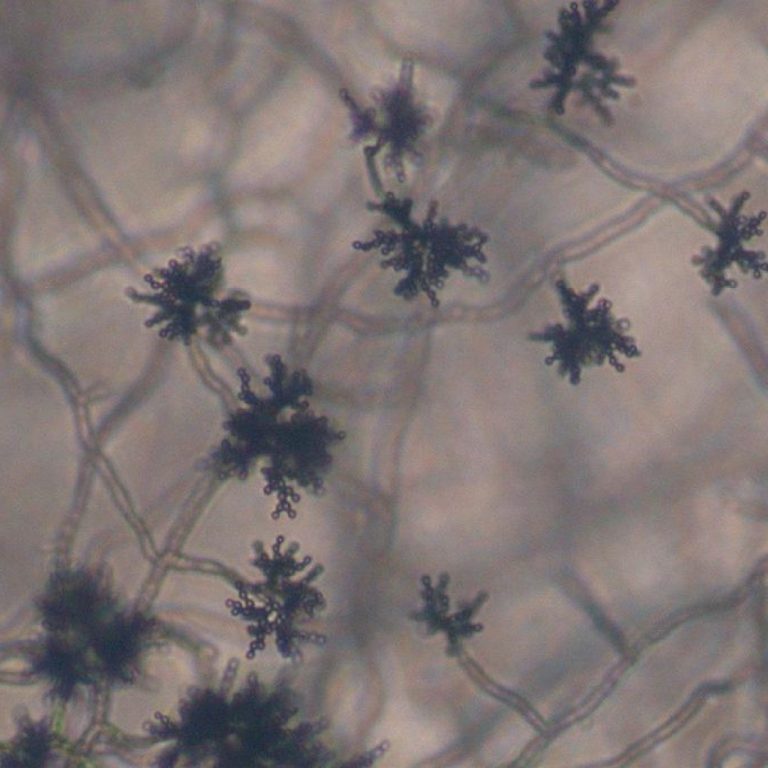
On Sept. 23, 2020, the USDA Agricultural Research Service (ARS) announced that a harmless airborne fungus, Cladosporium sphaerospermum…

On Aug. 31, 2020, in a study published in PNAS, researchers used conservation biology and genomics to discover…

On Jul. 15, 2020, in collaboration with the Guangdong CDC, Hunan CDC, Sun Yat-Sen University and Southeast University,…
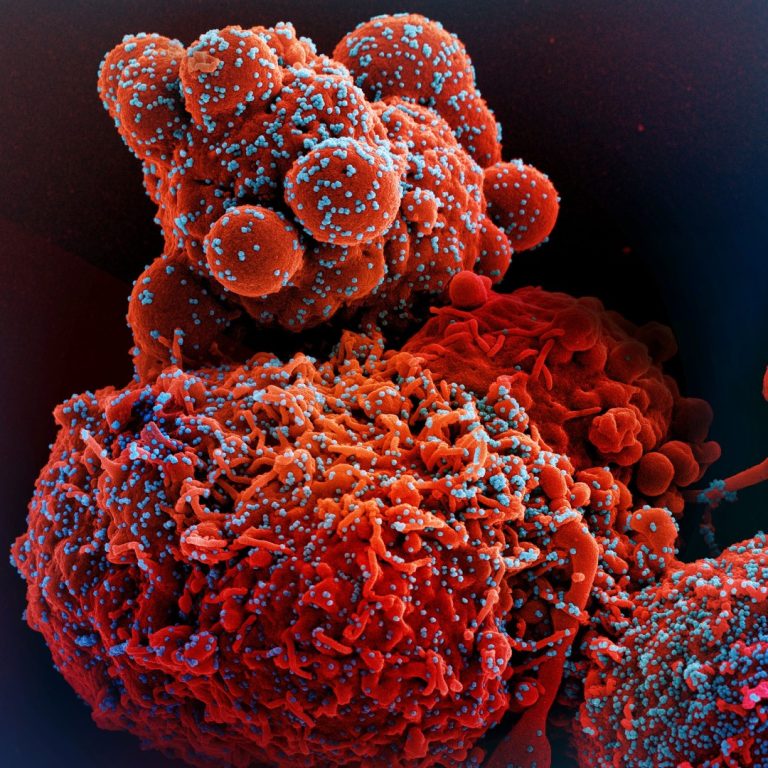
On May 8, 2020, the Rice University COVID-19 Research Fund Oversight and Review Committee announced it had funded…

On May 5, 2020, the U.S. Dept. of Veterans Affairs (VA) announced the Airborne Hazards and Open Burn…

On Mar. 29, 2020, a study by UNMC/Nebraska Medicine/NSRI researchers provides new evidence of SARS-CoV-2 environmental contamination in…

On Dec. 13, 2019, the Masonic Cancer Center joined the National Institute of Environmental Health Sciences Study, Human…

On Nov. 30, 2018, Sean Norman, associate professor of environmental health sciences and director of the Molecular Microbial…
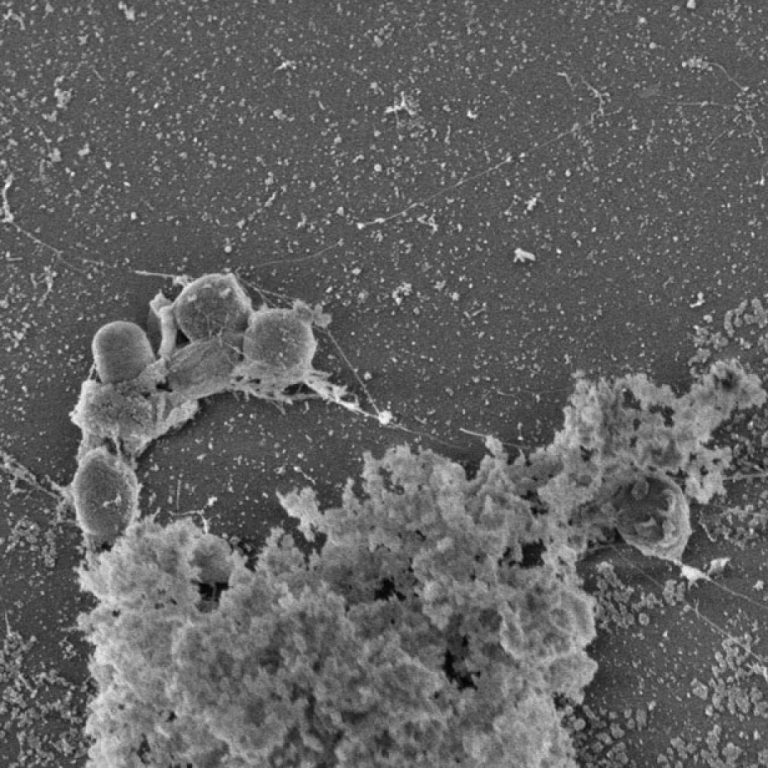
On May 2, 2018, Reed College announced that bio major Morgan Vague ’18 had isolated and bred three…

On Jan. 19, 2018, Yale evolutionary geneticist Gunter Wagner received the 2018 Daniel Giraud Elliot Medal from the…

On Nov. 1, 2017, a study from the Earth Microbiome Project reported the most extensive snapshot ever of…

On Oct. 25, 2016, the University of Washington’s Population Health Initiative received a $210 million gift from the…

On Jun. 24, 2016, the U.S. Centers for Disease Control and Prevention (CDC) released the results of its…
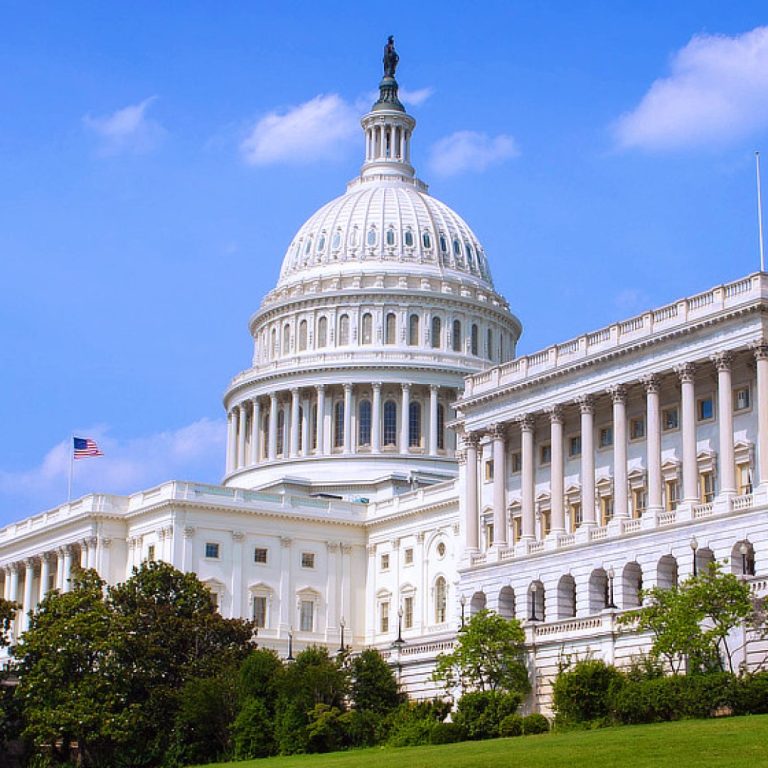
On June 22, 2016, President Barack Obama signed the Frank R. Lautenberg Chemical Safety for the 21st Century…

On May 13, 2016, the White House Office of Science and Technology Policy (OSTP) announced a new National…

On Mar. 3, 2016, the University of Oregon (UO) announced receipt of a $10 million gift from Tim…
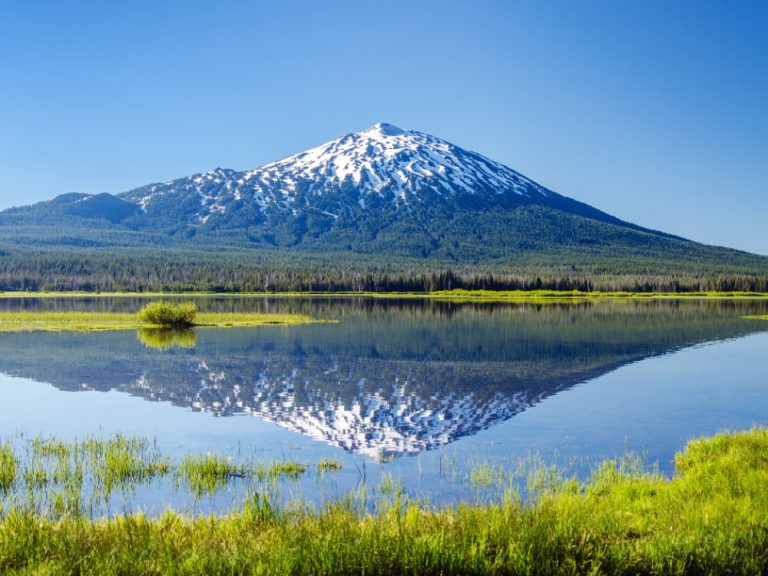
On Jan. 11, 2016, National Aeronautics and Space Administration (NASA) research scientist David J. Smith reported finding that…

On Jan. 29, 2015, a Rutgers University study suggests that pregnant women and young children are more susceptible…

On Sept. 19, 2013, Thomas Brock and Hudson Freeze received the Golden Goose Award for their discovery of…

On Jun. 25, 2012, the Rocky Mountain Biological Laboratory (RMBL) announced the unveiling of its Legacy Campaign, a…

On Jan. 3, 2011, the Belly Button Biodiversity project was launched to investigate the microbes inhabiting our navels…

On Dec. 31 2010, In a meeting report from the Terabase Metagenomics Workshop in Snowbird, Utah, the Vision…
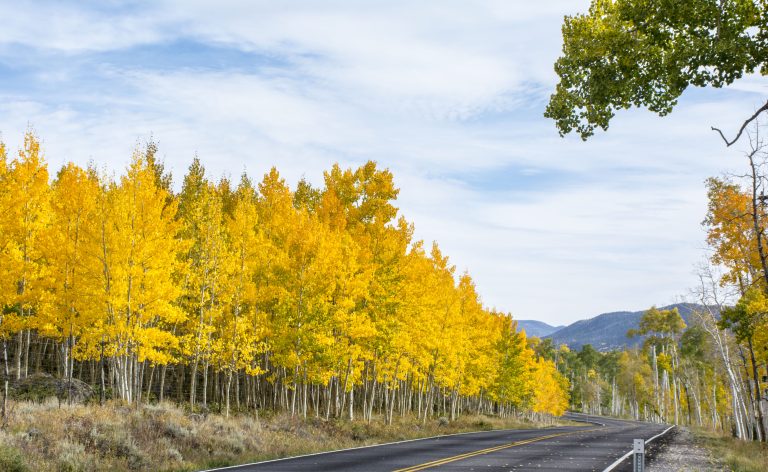
On Sept. 30, 2010, Utah State University geneticist Karen Mock announced that testing of a forest-size collection of…
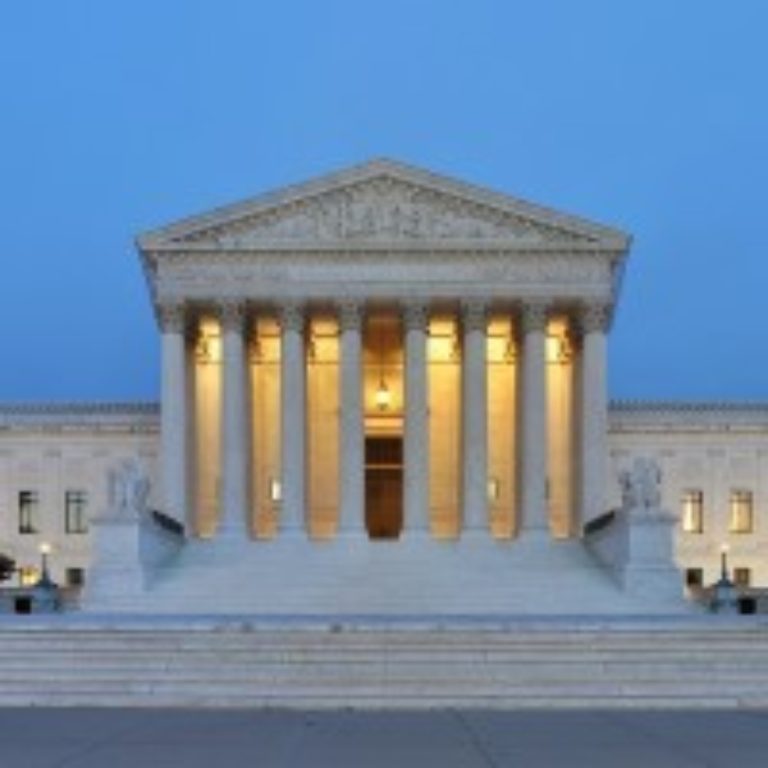
On Jun. 21, 2010, the U.S. Supreme Court lifted a nationwide ban on cultivation of biotech alfalfa by…